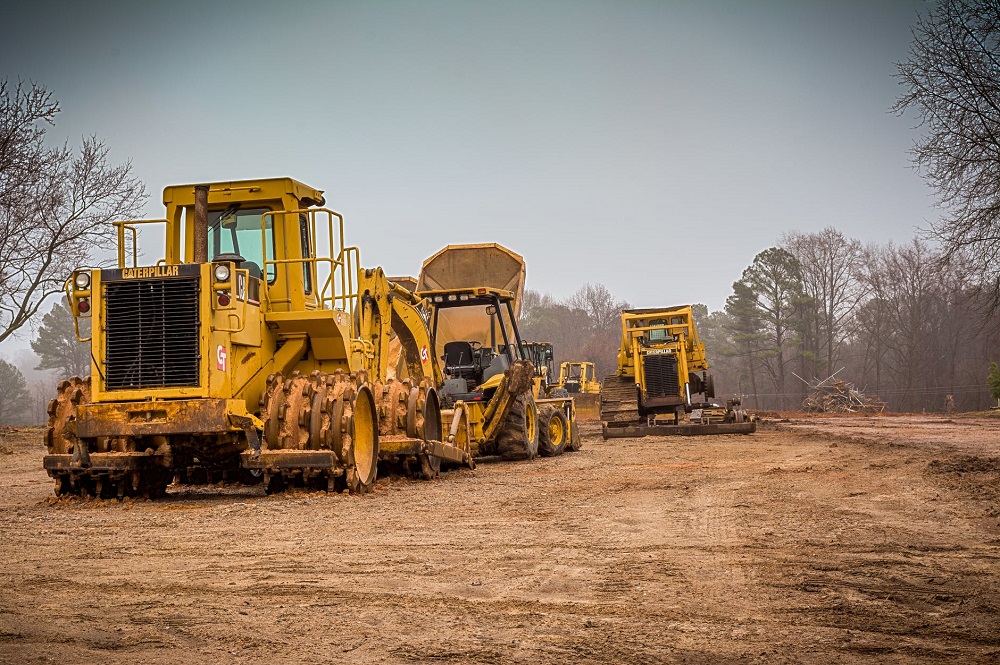Every construction project requires a strong foundation. To build a strong foundation, the first thing to do is good and reliable excavation work. Excavation is the removal of rocks, soil, and other materials in the earth that needed to be removed to prepare foundations for buildings or structures, to construct tunnels, or to lay down utility lines.
Excavation work needs to be precise in order to have a strong foundation. You would need to know several things to consider such as the condition and characteristics of the site, the required machinery and accessories, as well as what the experts with a long list of experience on excavation work can tell us.
What to consider
Planning for a large-scale excavation requires knowing the different characteristics of the work to be done. For example, you need to know the particular excavation phases, the appropriate technologies for each phase, the support systems for the excavation structures, and procedures that ensure safety and protection at all times and in case of emergencies. Considering these things first will make everyone involved as prepared as possible to undergo the very delicate task at hand.
Machinery required
The machinery plays a vital role in the excavation work. They must be chosen consciously with the site specifications in mind. Some of the needed types of machinery for any excavation work are wheelbarrows, excavators, bulldozers, among others.
The wheelbarrow is important for transporting heavy materials to and from the site. It is useful for moving objects over a rough terrain. Excavators are large machinery that can dig, transport, and fill lands. They can be an all-in-one type of machinery depending on the brand and type of the excavator.
Accessories needed
Excavators have detachable parts that can be “accessorized” with various attachments. These accessories have specific purposes. The most common types of excavator accessories are as follows:
- Bucket – This is the most common type of attachment on excavators. They have teeth-like edges that dig and scoop soil.
- Breaker – This attachment breaks rocks, stone, and concrete into pieces. It is like a jackhmaeer that can provide up to a thousand pounds of energy on an object that needed to be broken up.
- Auger – This is a helical attachment for boring holes into the ground.
- Clamp – This can pick up and transport large materials. It is like two buckets facing each other, and shaped liek a mouth.
Asking the expert
Large-scale digging and excavating operations are technical in nature. It is most likely that you would need to expert advice on the planning phase of the work, the right machinery and accessories to use, and the processes needed to transition to building or constructing when the job is done. Contact a local excavation company that knows the specific requirements in your area.
Conclusion
Excavation work defines the safety and stability of the future structures to be built. A good excavation work can be defined by the machinery and accessories you would use. Because there are many types of machinery to choose from, asking your local experts on the appropriate machinery would lead to a successful excavation work.

